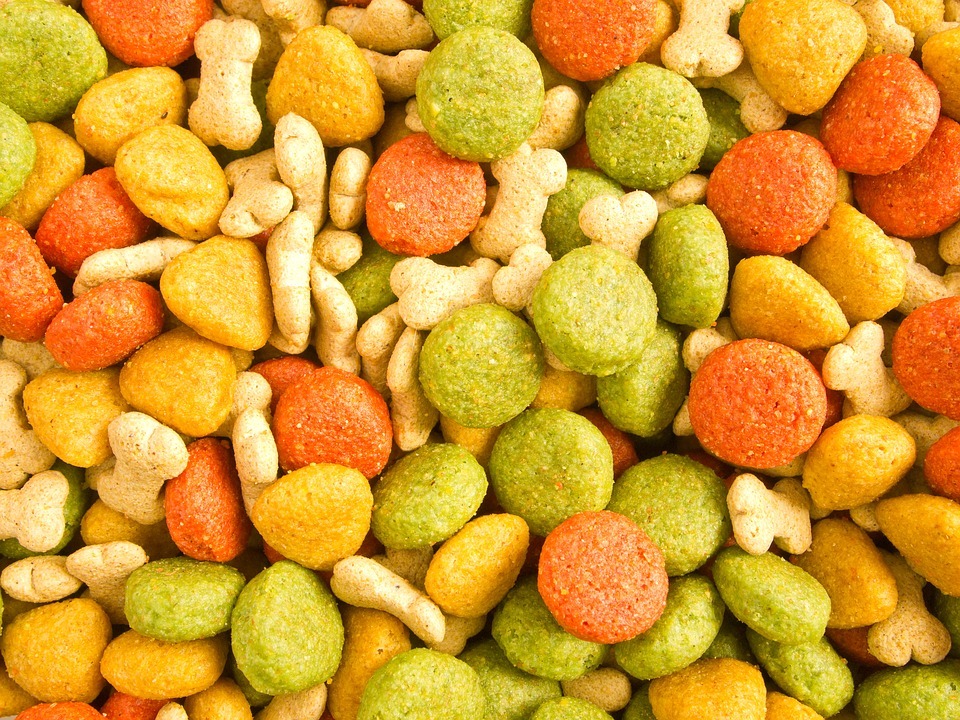Homemade dog food benefits your 4-legged pal in numerous ways, especially if Fido suffers from skin problems, allergies, or has gastrointestinal sensitivity. Remember that puppies and younger dogs are more susceptible to issues related to nutritional excesses or deficiencies than adult dogs. In particular, large-breed puppies are at risk of consuming too much calcium before attaining puberty.
What you feed or treat your dog with shouldn’t be taken lightly. Apart from mental health and exercise, diet is ranked as the biggest contributor to the wellbeing of your canine friend, underlining the importance of healthy dog food.

Manage the Ingredients
Homemade treats accord you full control over the type of ingredients used. Leave out the preservatives, addictives, and fillers that add no nutritional value to your dog. Be at ease in the knowledge that your dog is feeding on ingredients that are wholesome and healthy.
The best thing about homemade treats is that if your canine pal is on a special diet or is sensitive to specific ingredients, you can avoid having to spend cash on special treats and simply make them at home with the right balance of ingredients.
Avoid Cooking Meats
Except for human beings, all species on this earth eat (and enjoy!) raw food. When cooking food in order to please different palates, many of the beneficial nutrients are lost. The same principle applies when dog food is cooked. Although some whole foods may actually release more nutrients after being cooked, the best option is to avoid cooking items like meat whenever possible.
If you must cook, go for beef stew, cooked doggie style. This recommended dog beef stew recipe is loaded with vitamins and iron derived from fresh protein and you can store the treat in the fridge for heating up later.
Introduce Fresh Whole Foods
You might be mistaken to assume that whole foods such as fruits and vegetables are not good for your dogs. The fact is that they are very beneficial. Fresh whole foods are packed with live enzymes and add a new dimension to the health of your dog. Besides, they are also fiber-packed, which is good in aiding digestion, improves stools, and encourages pooping.
Throw in Peanut Butter Cookies
Dogs are known to love peanut butter. It’s also a great way of craftily sneaking in some fish oil into the diet of your dog. Fish oil is known to boost your dog’s fur coat, making it soft, shiny, and healthier. Avoid commercial brands as they use unhealthy additives and hydrogenated oils. Make your own using raw peanuts and real peanut oil, using your food processor.
Try Homemade Popsicles
On those sizzling summer days, as you snack on a cooling ice block, why not consider pulling out one for your pal and chomp together happily! But for the dog, avoid the commercial items and have them made earlier at home. In particular, blended frozen berries are good for your dog as they are full of fibers and antioxidants. Leave out the stick to avoid choking the dog!
Compared to commercial treats, homemade dog foods and treats are healthier. They are also significantly cheaper than most brands of organic dog food. Although making your own dog food takes time, the good thing is that you can decide to make extra and have it stored in your fridge or freezer.
As an Amazon Associate, we may receive a small commission from qualifying purchases but at no extra cost to you. Learn more. Amazon and the Amazon logo are trademarks of Amazon.com, Inc, or its affiliates.

